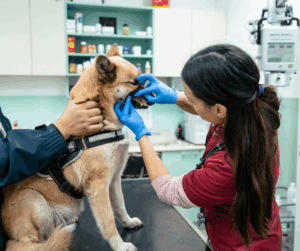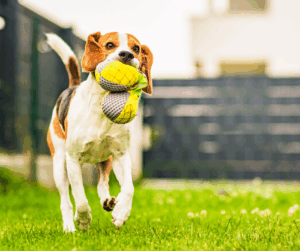Michael Baugh CDBC
Dog training on-the-fly can look too much like testing and not enough like teaching. Sure, there are some circumstances where a properly reinforced single-event training moment is acceptable, even preferred (example: randomly calling your dog to you for a click and treat). Most of the time, though, I recommend well-planned brief sessions for training with your dog, seven to ten minutes in duration, one to three times per day.
 What Should You do Before Starting a Dog Training Session?
What Should You do Before Starting a Dog Training Session?
✅ Make sure you have all the props you’ll need nearby. (for example, your dog’s mat, or target stick)
✅ Have treats and your clicker if you are using one. (Carry your treat bag around for an hour before a session so your dog doesn’t automatically flip into “training mode.”)
✅ Create a low-stress, minimally distracting place to train.
✅ Imagine what a successful session will look like. Visualization works.
✅ Take a breath. Relax. I like to do a brief meditation before training. It helps me focus and pay attention.
Begin.
When we set ourselves and our dogs up for success, training is fun. It’s not always easy, but the challenges are easier to solve. Enjoy this moment. Keep in mind how your session connects to your larger dog training goals without getting lost in the future, or getting frustrated because you’re not there yet. Teach in the here and now. The days with your dog are passing, and this is all part of the joy you share with each other.
Michael Baugh teaches dog training in Houston TX. He specializes in aggressive dog training.


